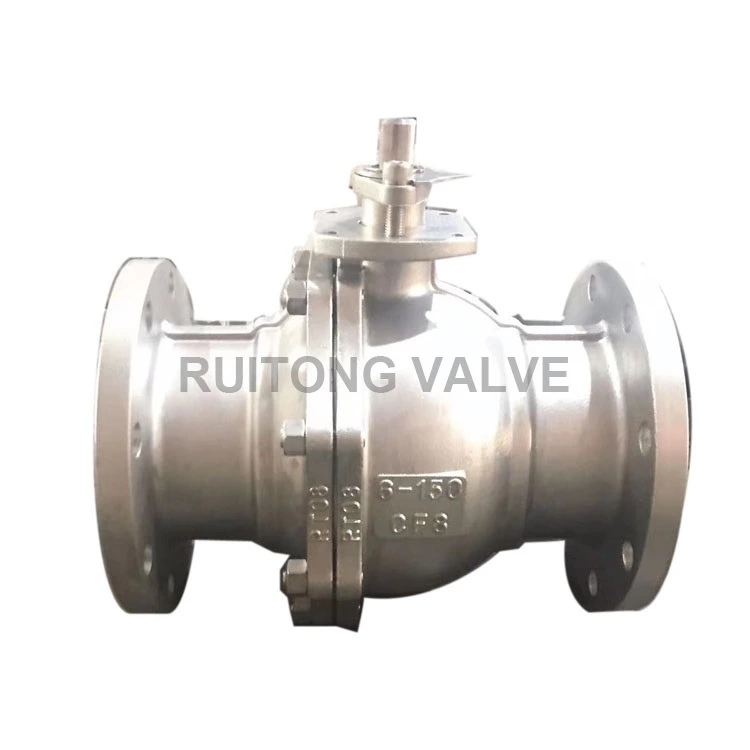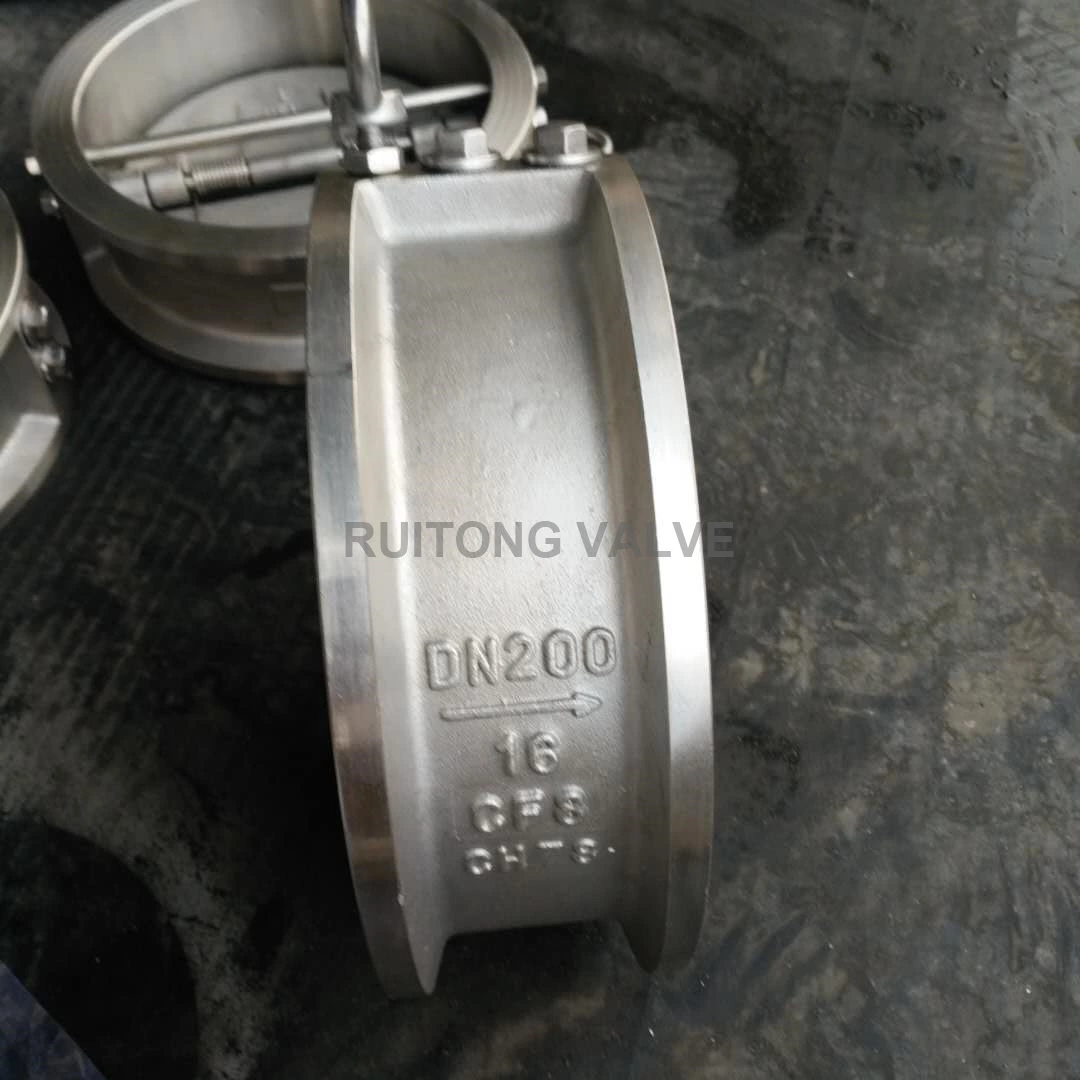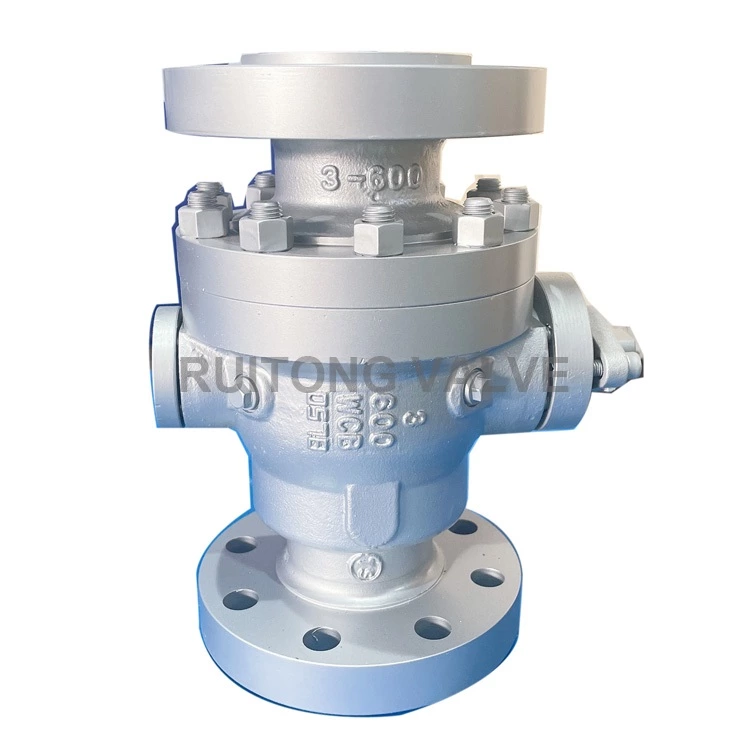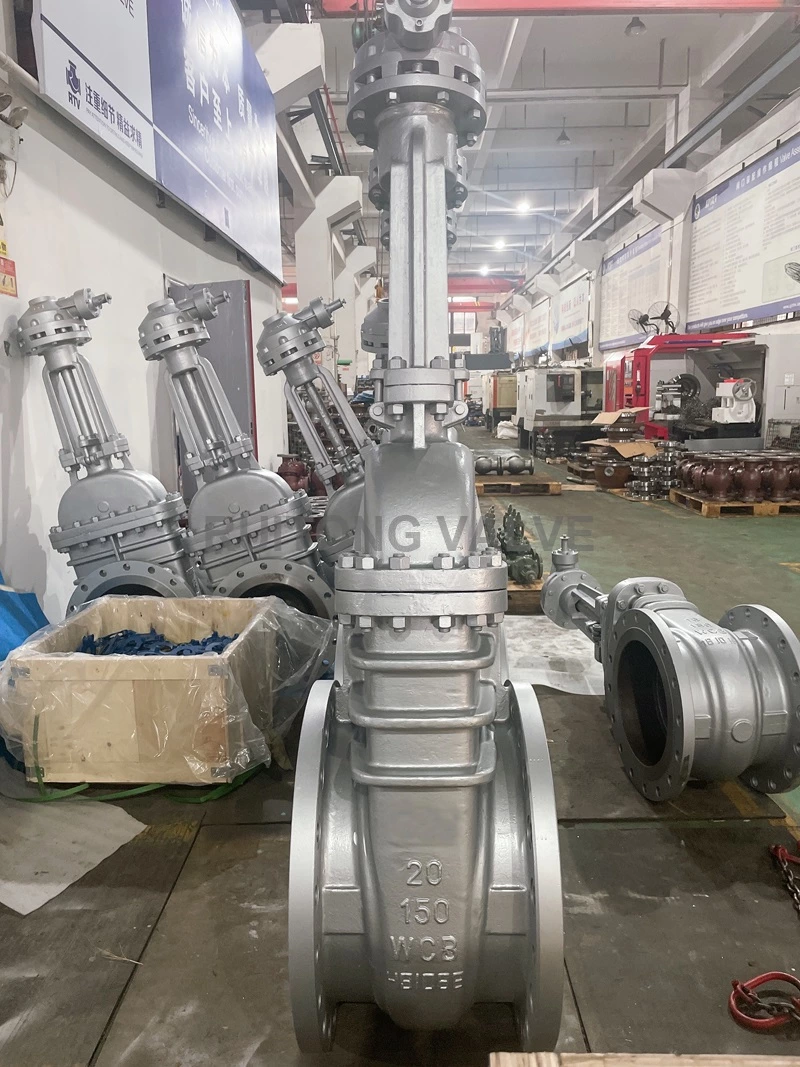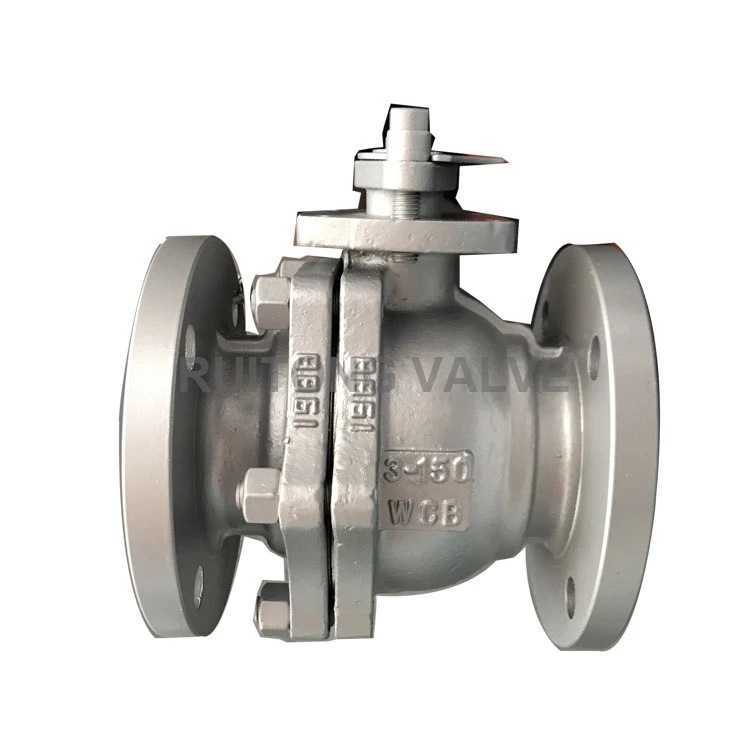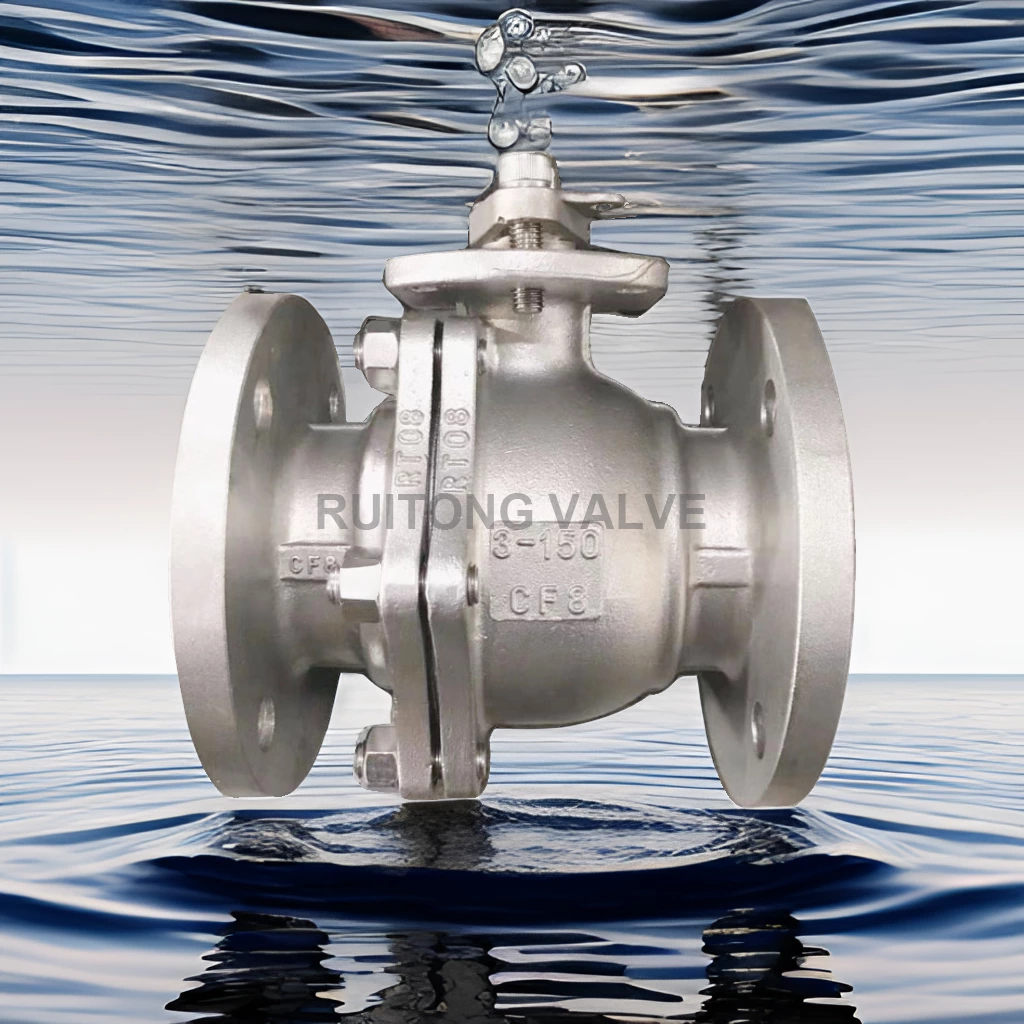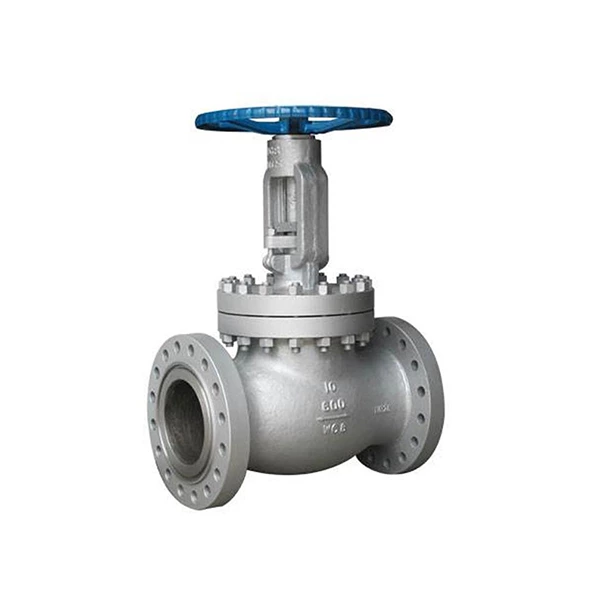Introduction To Ball Valve Internal Leakage
1) Reasons for internal leakage of Ball Valve during construction period:
①Improper transportation and hoisting cause overall damage to the valve, resulting in internal leakage of the valve;
②When leaving the factory, the valve was not dried and treated with anti-corrosion after water pressure was applied, resulting in rust on the sealing surface and internal leakage;
③The construction site protection was not in place, and blind plates were not installed at both ends of the valve, causing rainwater, sand and other impurities to enter the valve seat, causing leakage;
④During installation, no grease was injected into the valve seat, causing impurities to enter the back of the valve seat, or burning during welding caused internal leakage;
⑤The valve was not installed in the full open position, causing damage to the ball. During welding, if the valve is not in the full open position, welding spatter will cause damage to the ball. When the ball with welding spatter is switched, it will further cause damage to the valve seat, resulting in internal leakage;
⑥Welding slag and other construction residues cause scratches on the sealing surface;
⑦Inaccurate limit at the factory or installation causes leakage. If the valve stem drive sleeve or other accessories are misaligned with the assembly angle, the valve will leak.
2) Reasons for valve internal leakage during operation:
① The most common reason is that the operation manager does not maintain the valve due to the relatively expensive maintenance costs, or lacks scientific valve management and maintenance methods to perform preventive maintenance on the valve, causing equipment failure in advance;
② Improper operation or failure to perform maintenance according to the maintenance procedures causes internal leakage;
③ During normal operation, construction residues scratch the sealing surface, causing internal leakage;
④ Improper cleaning causes damage to the sealing surface, causing internal leakage;
⑤ Long-term non-maintenance or inactivity of the valve causes the valve seat and the ball to lock, causing damage to the seal when the valve is opened and closed, resulting in internal leakage;
⑥ Internal leakage caused by the valve not being opened and closed properly. Any ball valve, regardless of the open or closed position, generally tilts 2° to 3° and may cause leakage;
⑦ Many large-caliber Most ball valves have stem stops. If they are used for a long time, rust, dust, paint and other debris will accumulate between the stem and the stem stop due to corrosion and other reasons. These debris will cause the valve to be unable to rotate into place and cause leakage. If the valve is buried, the extended stem will produce and drop more rust and impurities to prevent the valve ball from rotating into place, causing valve leakage.
⑧General actuators also have limits. If they are corroded for a long time, the grease will harden or the limit bolts will loosen, which will make the limit inaccurate and cause internal leakage;
⑨The valve position of the electric actuator is set forward and is not closed in place, causing internal leakage;
⑩Lack of periodic maintenance and care causes the sealing grease to dry and harden. The dried sealing grease accumulates behind the elastic valve seat, hindering the movement of the valve seat and causing sealing failure.
